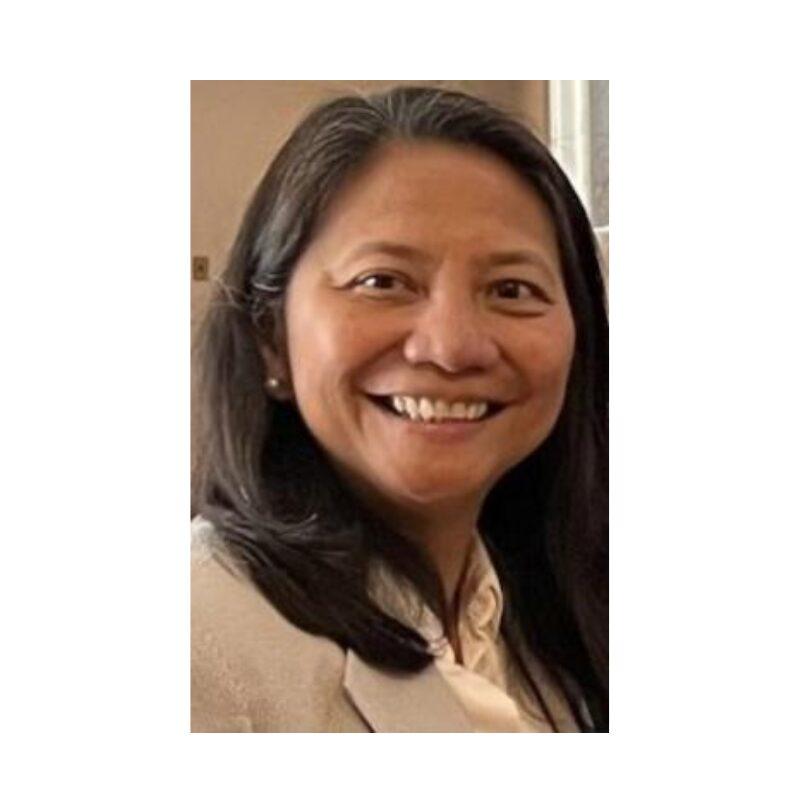LOS ANGELES – With the open enrollment season for California’s health care exchange about to open on Oct. 1, consumers are using the Internet to acquire more information about the Affordable Care Act and Covered California (the state-run marketplace where Californians can shop around, compare and apply for health coverage plans).
However, on Friday, a Covered California official warned about possible fraudulent operations on the Internet designed to “phish” for personal information and send spam mail to those who may fall for the trick.
According to the Handbook of Information and Communication Security, “phishing” is an act or an attempt to acquire personal information by masquerading as a trustworthy entity in electronic communication.
CoveredCA.com: The genuine website
Covered California’s Deputy Director of Communications Dana Howard spoke at a New America Media press briefing in Los Angeles to explained various topics about Covered California to the press.
One of his talking points included a warning about a particular website that has an almost similar web address to Covered California (whose actual address is www.CoveredCA.com).
This particular “phishing” website that Howard talked about is www.CoveredCalifornia.com. He said that it is very easy to mistake the wrong address for the Covered California’s real web address.
Howard reminded people that CoveredCA.com is the “only genuine website” where people can get trusted assistance and information about Covered California.
Upon closer investigation, CoveredCalifornia.com – the alleged “phishing” website – does not feature the logo of Covered California anywhere on its landing page.
It has a blue color scheme, starkly different from the white color scheme of Covered California. The website claims that it answers questions about the California health marketplace, but the rest of the body of the website is missing.
In place of the website body, a simple “Coming Soon” graphic is displayed. The site asks users to sign up for “updates” by submitting their email address and indicating their places of residence from a drop down list.
Howard claimed that if anyone attempts to submit their email address to this website, their email inbox will be flooded with spam mail within the hour.
For any websites committing fraudulent activity, Howard said that Covered California does want to be alerted by the public about these operations.
He added that Covered California has recently formed their Consumer Protection Unit, which seeks to address issues about consumer rights.
Once open enrollment starts on Oct. 1, the Consumer Protection Unit will have its own section on CoveredCA.com
Constant vigilance
He also went on to explain various possible scenarios where consumers might encounter information about Covered California.
There are insurance agents that feature Covered California’s logo, claiming that they are “linked” to Covered California. That’s “perfectly” fine for them to do, said Howard.
He also clarified that only certified educators will do door-to-door campaigns to inform the public about the health care exchange, but they are not allowed to process enrollment for consumers.
Other people that might directly contact consumers are certified insurance agents (who are allowed to process enrollment).
Howard clarified that real agents from Covered California will not conduct door-to-door house visits nor make cold calls on the telephone.
He said that everything in Covered California is done online.
While there are many ways for people to potentially reach out to consumers about health coverage plans, Howard emphasized the importance of practicing constant vigilance.
He said that “just like any program” out there that scammers imitate to commit fraud, Covered California is also imitated by these unscrupulous people to take advantage of consumers.
“Use your common sense,” Howard said, “Do not give your social security number, your phone number, your email [address], your income amount to anyone you do not know.”
He said that it is always best to verify the identity of an individual claiming to be from the health care exchange market by asking for their names, identification documents, certified insurance agent ID number, or enrollment counselor number.
(www.asianjournal.com)
(LA Weekend September 28 – October 1, 2013 Sec A pg.1)







